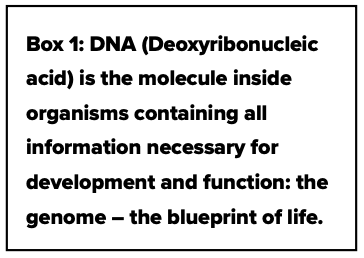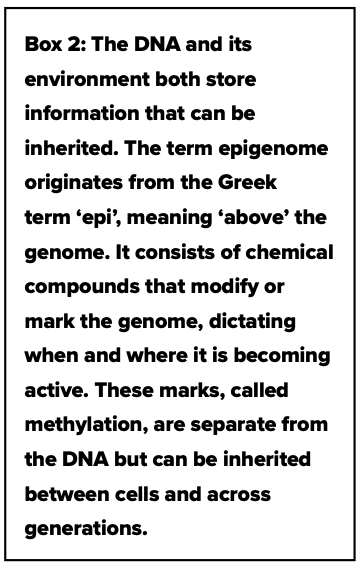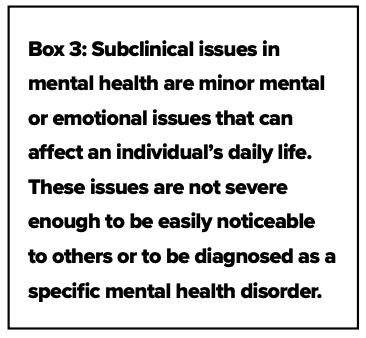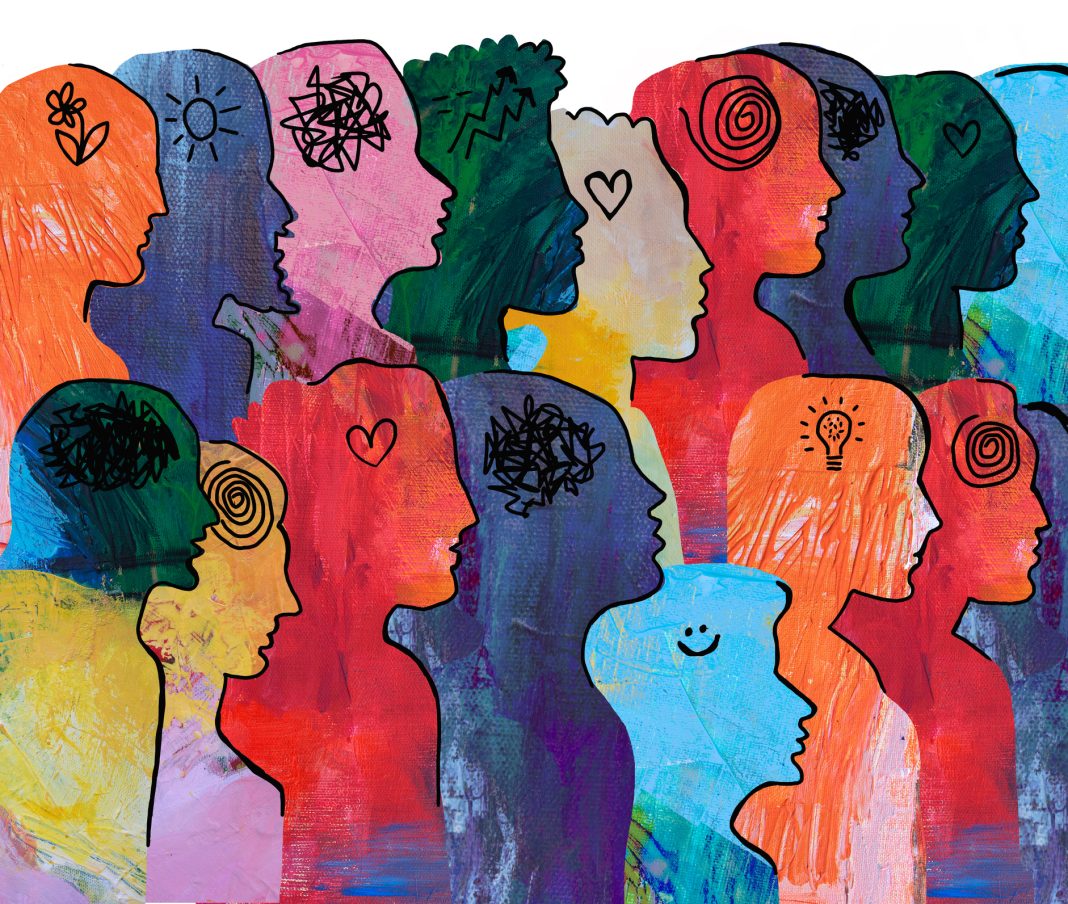The FAMILY consortium aims to improve the lives of mentally ill persons and their families by focusing on understanding the mechanisms of intergenerational transmission of mental illness from parent to child
Children of mentally ill parents are more likely to develop a mental illness themselves. However, this does not imply that the majority of these children become unwell. The fact that mental illness may run in families (aka intergenerational transmission of mental illness) has been acknowledged for decades. Yet, it has not received adequate attention in clinical and research settings. This leads to consequent delays in identifying mental health issues in young children and missing opportunities for prevention. Although most mentally ill individuals are aware that their mental illness can affect their offspring, healthcare professionals rarely discuss this with them. Moreover, most therapies focus on individual recovery, disregarding the impact on families and children. Coupled with the fear of stigma, barriers arise for both parents and children to seek professional help.

Different studies indicated that mental illness often results from a complex interaction of risk factors within and outside the body and brain. Some factors can originate from changes in the DNA (see Box 1), others from the epigenome (see Box 2). Another critical factor in the development of mental illness is resilience. Resilience is the ability to mentally and emotionally handle challenges and quickly return to a stable state. During childhood, resilience can be strengthened by supportive parenting or social support.
Understanding how mental illness is transmitted within families
When all risk factors interact, they can accumulate and eventually lead to a mental disorder – but it is not clear when, how, and why. This is where FAMILY steps in. In collaboration between researchers from Europe and the US, FAMILY aims to understand how mental illnesses are passed from parents to children. The first goal is to understand how mental illness is transmitted within families. This understanding is crucial for exploring new ways of prevention. A lack of understanding makes it harder to identify mental health issues early on, limiting the ability to develop effective ways to prevent them. Therefore, FAMILY is studying the basic biological processes involved, particularly during pregnancy, early childhood, and teenage years. A close look is given at the genome, the epigenome, gene control, brain structure and function, and behavior to get a complete picture of how mental illness can be transmitted within families.
A model for susceptibility to mental-ill health
FAMILY’s second goal is to identify factors that may contribute to an increased risk of mental health problems and develop and test a statistical model. This model should predict who might show symptoms or meet the criteria for a mental disorder in the future. Such a model would not only give a better understanding of underlying mechanisms but could also help to start the implementation of early intervention strategies, including protective measures and resilience building. Predicting the risk of mental disorders could significantly change how mental health care is approached. Using family-based prediction models in healthcare services would require changes in how clinics operate. Careful consideration is required regarding the ethical and social impacts, such as how risk prediction may influence behavior, respect for individuals’ choice not to know their risks, concerns about stigma, and the use of advanced technology and data sharing. Therefore, FAMILY’s third goal is to understand and address the social and ethical implications of predicting mental health risks. This understanding will help create guidelines to ensure predictive information will be handled responsibly and respectfully.
The data our research is based on
FAMILY is based on long-term studies that follow both the general population and families at high risk for mental health issues. These studies track participants from childhood to adulthood, gathering data from children and their parents. The collected data includes information on clinical assessments, behavior, environment, genetics, and brain imaging. To enhance these resources, FAMILY will expand existing data collections by gathering brain images and biological samples from parents in high-risk families and by analyzing molecular profiles from newborns in a general population cohort. This additional data will deepen the understanding of how brain structure and function, as well as genetic, epigenetic, and other factors, influence mental health outcomes. By comparing the general population to clinical familial high-risk groups, we can learn about the mechanisms of mental health. The general population offers large sample sizes, often including individuals with subclinical mental health issues (see Box 3) and providing more extended follow- up periods. In contrast, high-risk groups, although smaller in number, consist of individuals with clinically confirmed psychiatric diagnoses.
Paving the way for mental health care improvements
FAMILY wants to answer essential questions: “What can I expect given my family’s and my genetic background? Which environmental factors are most relevant for me when deciding on effective risk-reduction and resilience- strengthening strategies?” FAMILY seeks to make a significant and lasting impact through this project. This impact goes beyond just advancing scientific knowledge – it also extends to society. The general avoidance of this issue is part of the stigma of mental illness and leaves parents alone with their doubts. FAMILY aims to empower parents to support their children. By developing ethical guidelines and raising awareness, FAMILY hopes to encourage discussions and collaboration among different groups like patients, families, mental health professionals, researchers, and policymakers. By examining the social and ethical implications of predicting mental health risks, FAMILY’s ambition is to pave the way for using risk prediction models in real-world clinical settings and thus improve the future of mental health care.
Work packages within FAMILY
WP1: Project management & scientific coordination
The project management team, led by FAMILY coordinator Prof. Neeltje van Haren, plays a crucial role in overseeing the successful execution of the FAMILY project. They ensure that everyone involved in the project communicates well, follows EU regulations, and manages finances effectively.
WP2: Data management, harmonization, and infrastructure
WP2 is responsible for managing and organizing FAMILY’s data. They work on standardizing and curating data from different sources so that researchers can compare and combine them effectively. Additionally, WP2 promotes open science, enhancing collaboration and maximizing scientific and societal impact.
WP3: The molecular level – the role of genes in the transmission of mental illness
WP3 uses genetic methods to analyze existing data from families and learn more about how genes affect mental health risks. WP3 also looks at how genetic influences change over time and tries to find factors that protect against these risks.
WP4: The role of the epigenome in the transmission of mental illness
WP4 focuses on the epigenome to determine if specific patterns can explain why children of parents with mental illnesses are at higher risk. For this, WP4 uses data from long-term studies tracking DNA methylation changes over time and acquires epigenetic features from cord blood in a large population study.
WP5: The role of the brain in the transmission of mental illness
WP5 collects brain scan data from parents with and without severe mental illness and their offspring to investigate if certain features in the brain are passed down and if these features can help predict mental health problems in offspring.
WP6: How can animal models help understand intergenerational transmission of risk for mental health problems?
Animal models provide a controlled environment to study how a mother’s early life experiences or a high genetic loading for psychosis can affect behavioral traits that are passed down to the offspring. Specifically, WP6 investigates how subtle chemical changes in egg cells might pass on traits to the next generation and the effect of early interventions.
WP7: Integrating the different research domains to develop the prediction model
WP7 uses advanced Machine Learning techniques to integrate different types of data for detailed analyses and to create efficient prediction models that can help interpret biological processes and predict mental health outcomes. They combine various data sets used in the FAMILY consortium, including brain imaging and genetic and behavioral data.
WP8: The importance of ethics and social responsibility
WP8 examines the ethical and social effects of predicting when individuals are at high risk of becoming mentally ill. By studying the perspectives of patients, families, patient organizations, and healthcare professionals, WP8 aims to create guidelines that assist healthcare professionals and policymakers in using new prediction tools.
WP9: Science communication and training for young researchers
WP9 enhances the societal impact of FAMILY’s discoveries. By creating platforms and resources for openly sharing research results, training young researchers, and communicating FAMILY’s results to key stakeholders, WP9 engages with society to demonstrate the project’s activities and benefits.


This work is licensed under Creative Commons Attribution-NonCommercial-NoDerivatives 4.0 International.


